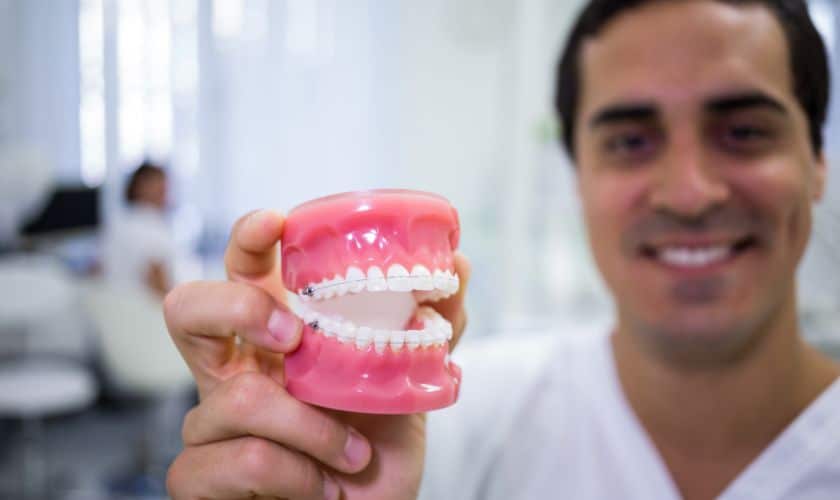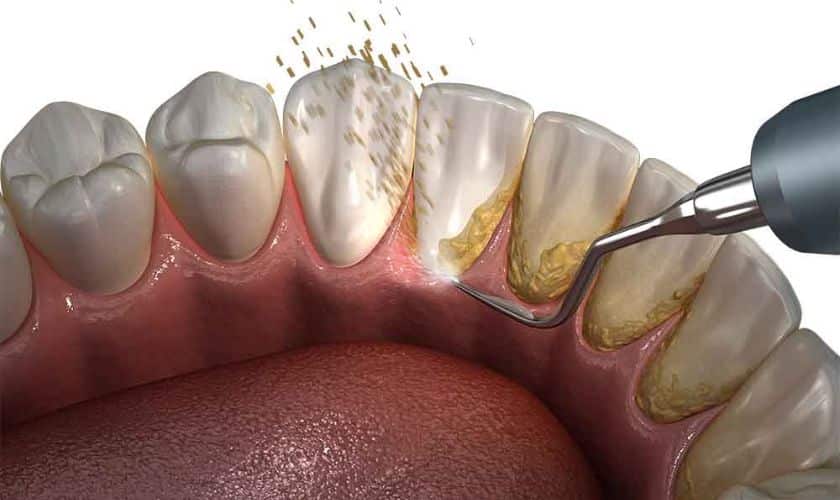
April 4, 2023
Do you experience jaw pain, clicking sounds, or difficulty opening your mouth? If so, you may be suffering from TMJ disorder. But don’t worry – there are effective solutions available to alleviate your symptoms and improve your quality of life. In this comprehensive guide to TMJ treatment, we’ll cover everything you need to know about the causes and symptoms of this condition, as well as proven remedies that can help bring relief. From home remedies to professional treatments, let’s explore all the options for managing TMJ discomfort together!
What is TMJ?
TMJ is an abbreviation for temporomandibular joint. This is the joints that hinge your jaw and are located right in front of your ears. Problems with TMJ can cause pain in your jaw and face, clicking or popping sounds when you move your mouth, and difficulty chewing.
The exact cause of TMJ is not known, but it is thought to be due to a combination of factors, including genetics, arthritis, teeth grinding (bruxism), and injury to the jaw. There are many different treatment options available for TMJ, both surgical and non-surgical. The best course of treatment will vary depending on the individual case.
Some common non-surgical treatments for TMJ include over-the-counter or prescription pain medication, heat or ice therapy, physical therapy, and stress reduction techniques such as relaxation exercises or massage. In more severe cases, surgery may be necessary to correct the problem. This can involve anything from joint replacement to corrective procedures on the bones and muscles surrounding the joint.
If you think you may be suffering from TMJ, it is important to see your dentist or doctor so they can properly diagnose and treat the condition.
The Different Types of TMJ Disorders
There are many different types of TMJ disorders, and each one can cause a variety of symptoms. The most common type of TMJ disorder is called temporomandibular joint dysfunction (TMD). TMD can cause pain in the jaw, face, neck, and shoulders; clicking or popping sounds in the jaw; and difficulty chewing or opening the mouth.
Another common type of TMJ disorder is called myofascial pain syndrome (MPS). MPS is a condition that causes muscle pain and tenderness in the face and neck. People with MPS may also have headaches, earaches, and dizziness.
Other less common types of TMJ disorders include:
Arthritis of the temporomandibular joint: This type of arthritis can cause pain, stiffness, and inflammation in the jaw joint. This type of arthritis can cause pain, stiffness, and inflammation in the jaw joint. Dysfunction of the muscles that control the jaw: This can lead to pain in the face and neck, as well as headaches and dizziness.
This can lead to pain in the face and neck, as well as headaches and dizziness. Infection of the temporomandibular joint: This rare condition can cause severe pain, swelling, redness, and warmth in the affected area. It may also lead to fever and lymph node enlargement.
Causes Of TMJ
The temporomandibular joint (TMJ) is a small hinge that connects the lower jaw to the skull. It allows the lower jaw to move up and down, side to side, and forward and backward. The TMJ is one of the most complex joints in the body, and it is also one of the most commonly injured joints. There are many possible causes of TMJ disorders, including injury, arthritis, teeth grinding (bruxism), teeth clenching, stress, misaligned teeth, and poorly fitting dental appliances. Treatment for TMJ disorders depends on the underlying cause. In some cases, simple home remedies such as ice packs and heat packs can help reduce pain and inflammation. For more severe cases, medical or surgical treatment may be necessary.
Effective Solutions for TMJ
If you’re looking for effective solutions to your TMJ problems, you’ve come to the right place. In this blog post, we’ll cover everything from the causes of TMJ to the most effective treatments available.
TMJ is a disorder that can cause pain and dysfunction in the jaw joint and surrounding muscles. It can be caused by a number of things, including teeth grinding, misaligned teeth, jaw injury, or arthritis.
There are a number of treatment options available for TMJ, and the best course of action will often depend on the underlying cause of the condition. However, there are some general treatments that can be effective in managing its symptoms. These include:
• Pain medication: Over-the-counter pain medications like ibuprofen or acetaminophen can help to reduce pain and inflammation associated with it.
• Muscle relaxants: These can be helpful in reducing muscle spasms and tension around the jaw.
• Physical therapy: Exercises and stretches designed specifically for TMJ can help to relieve symptoms and improve function.
• Surgery: In severe cases where other treatments have failed, surgery may be necessary to correct the underlying problem.
If you’re dealing with TMJ pain or dysfunction, talk to your doctor about which treatment option is best for you.
How To Prevent TMJ
The temporomandibular joint (TMJ) is the point where the lower jawbone meets the skull. This joint allows the lower jaw to move up and down and side to side, making it possible to talk, chew, and yawn.
TMJ disorders can cause pain in the jaw joint and in the muscles that control jaw movement. The pain may be sharp and shooting, or it may be a dull ache. TMJ disorders also can cause clicking sounds when you open your mouth or bite down.
There are many things you can do to prevent TMJ disorders or relieve your symptoms:
• Avoid overuse of your jaw muscles. Do not chew gum for long periods of time or eat hard foods such as ice chips or hard candy. Cut your food into small pieces so you don’t have to open your mouth wide to eat.
• Exercise your jaw muscles daily. You can do some simple exercises at home, such as opening your mouth wide and holding it for 10 seconds, then closing it gently. Repeat this 10 times. Another exercise is placing your fist under your chin and gently pushing your lower jaw forward and down for 30 seconds, then release. Repeat this 10 times.
• Use warm compresses on your face for 5 to 10 minutes several times a day, especially if you feel a lot of muscle tension in your face or jaws. You also can massage the muscles around your jaws with your fingers.
Conclusion
TMJ treatment is essential for anyone suffering from the debilitating pain and discomfort associated with this disorder. We hope that our article has provided you with a clear understanding of the causes, symptoms, and treatments available for TMJ dysfunction so that you can make an informed decision about the right course of action to take. With the right diagnosis and treatment plan in place, it is possible to reduce or even eliminate your TMJ-related pain and get back to living life without interruption.
Recent Posts

Top Benefits of Using a Sedation Dentist in the Portland Area

Missing Teeth? How Dental Implants Can Restore Your Smile

Oral Cancer and Dental Professionals: The Frontline of Defense

Fresh Breath Quest: Knowing When to Seek Dentist Help for Bad Breath

